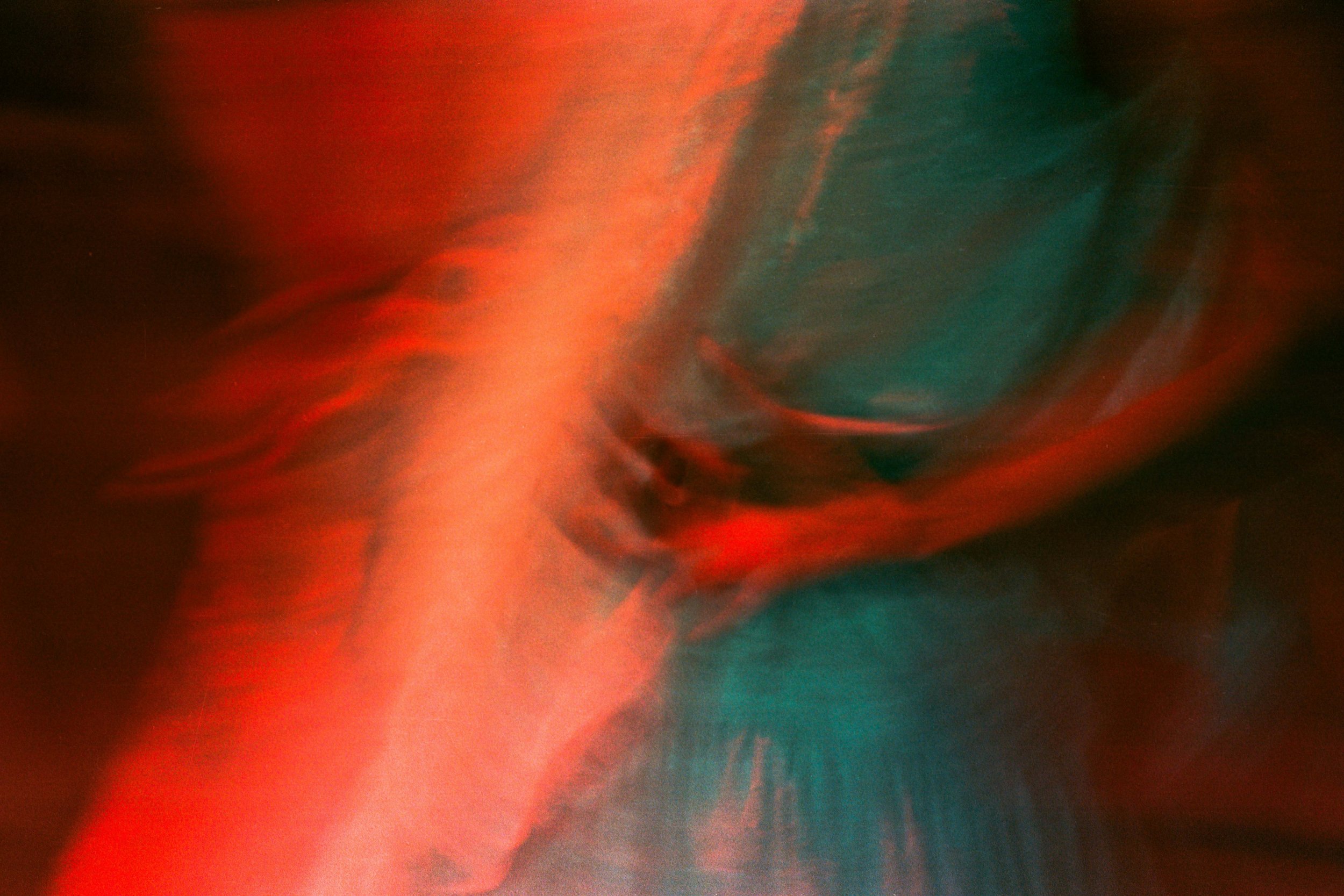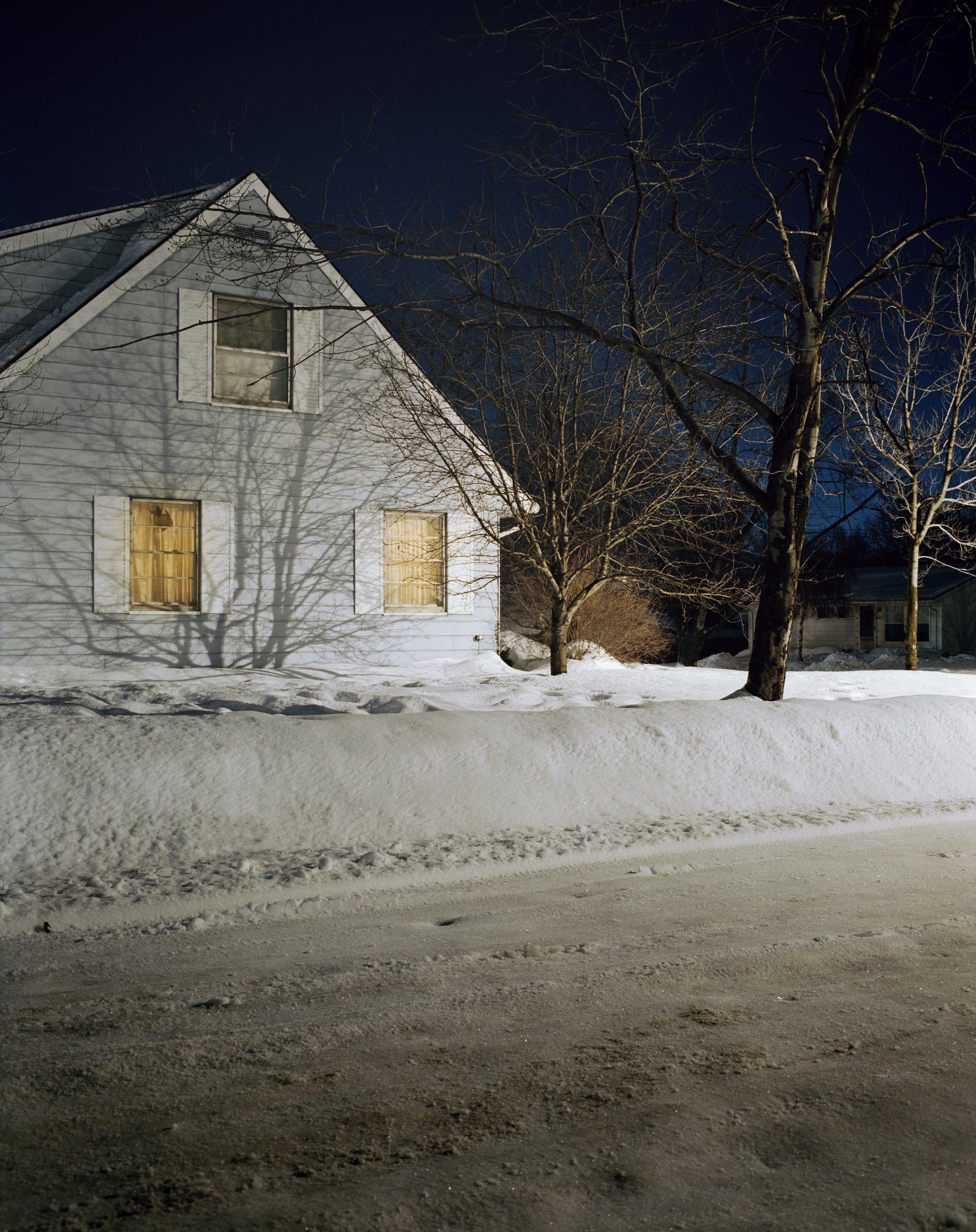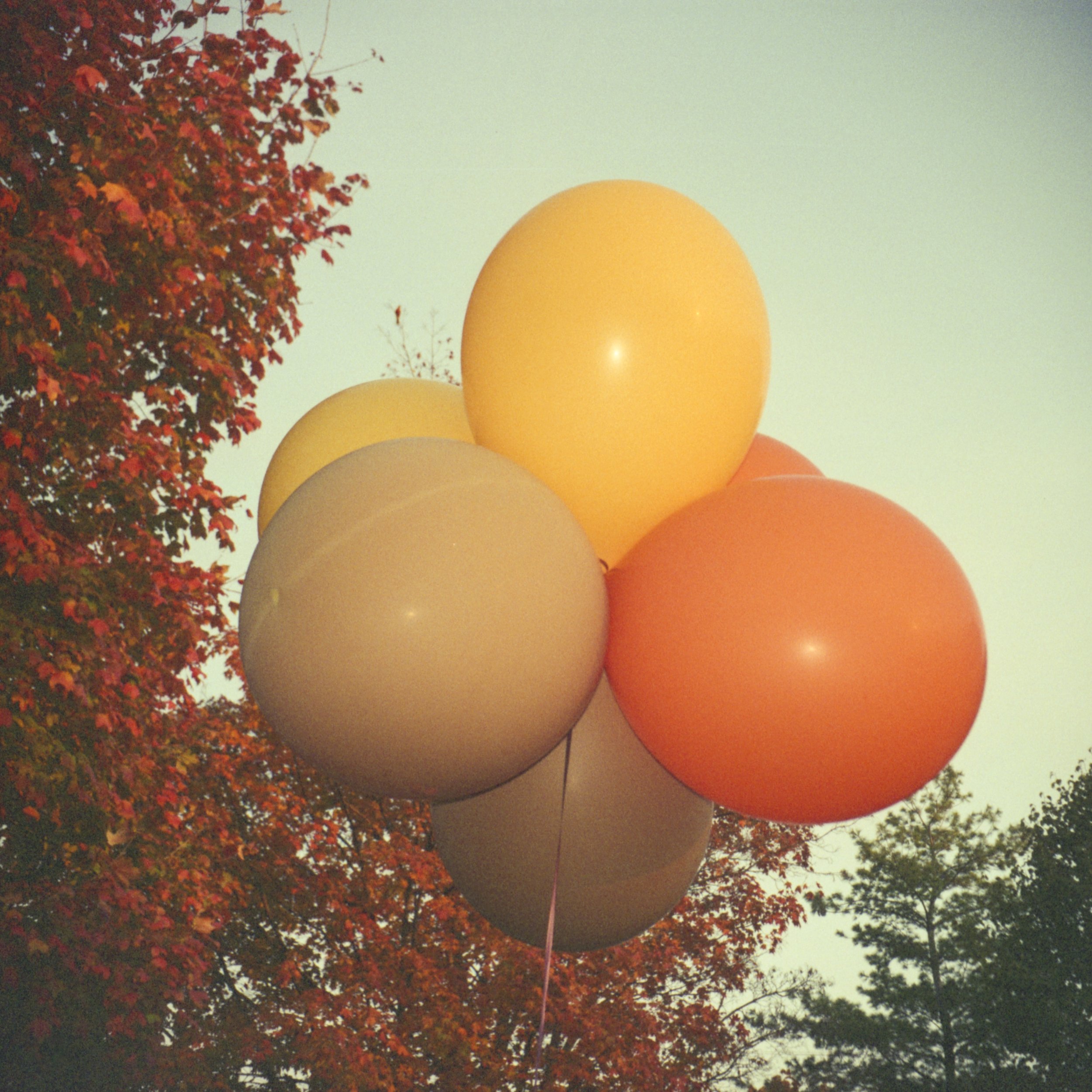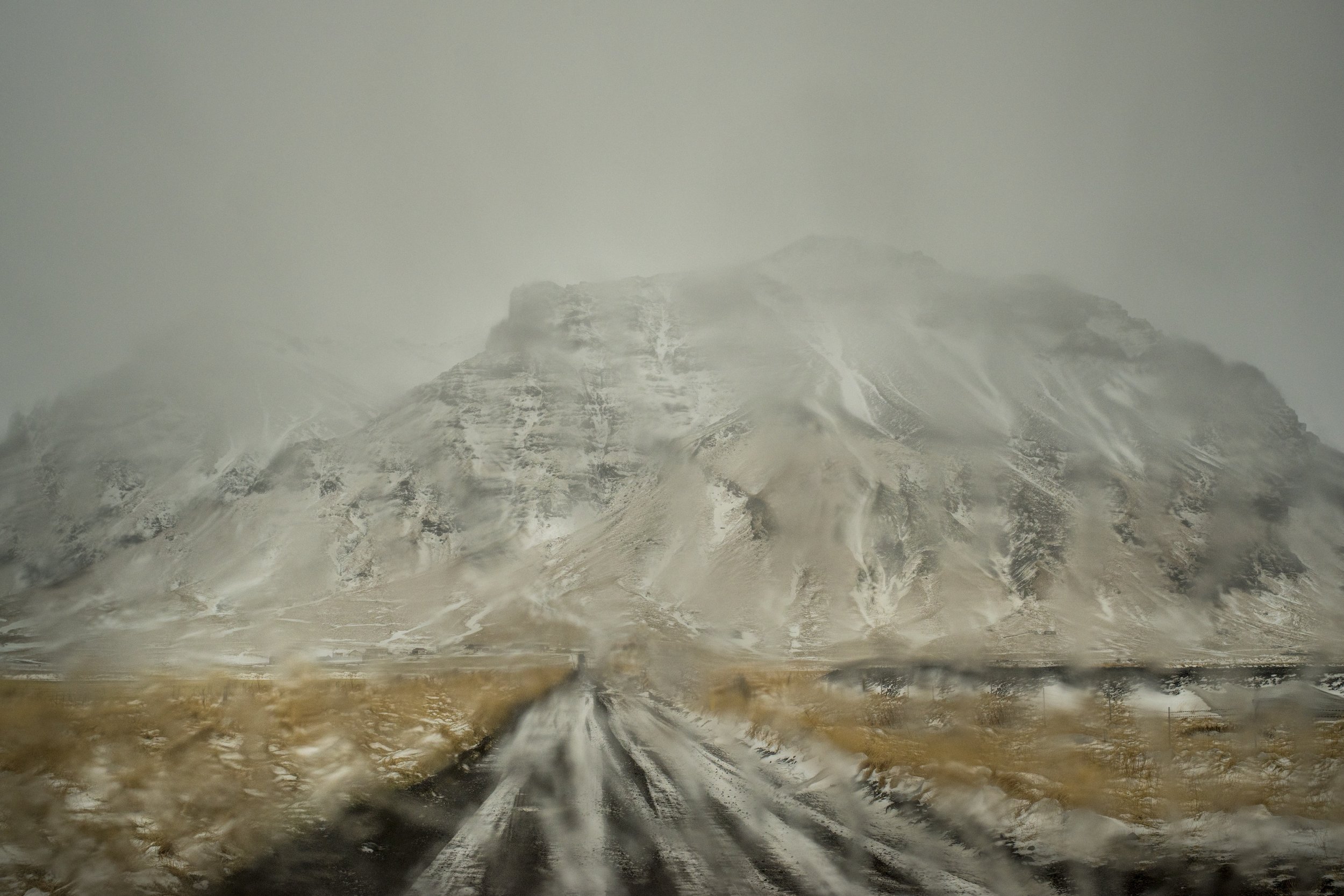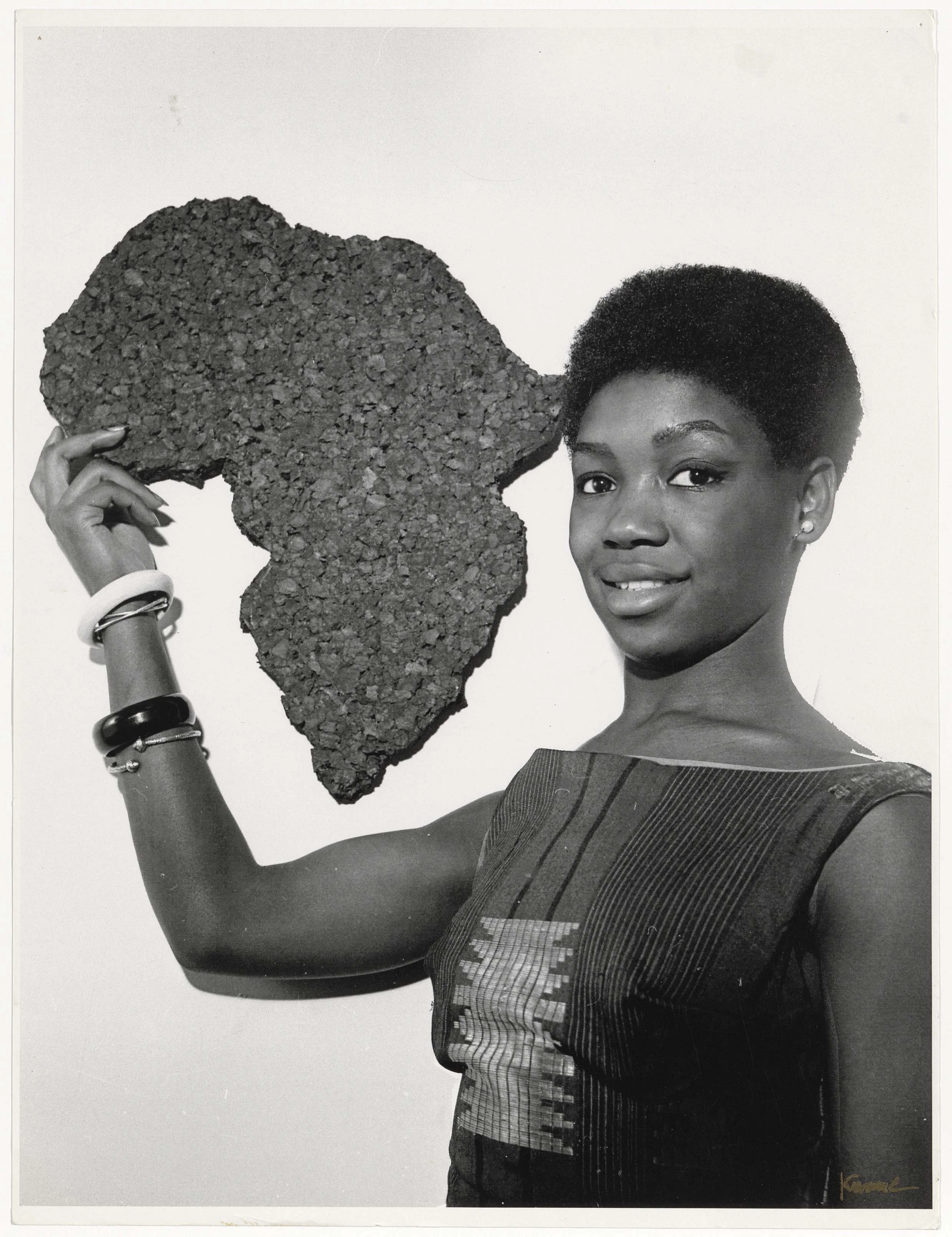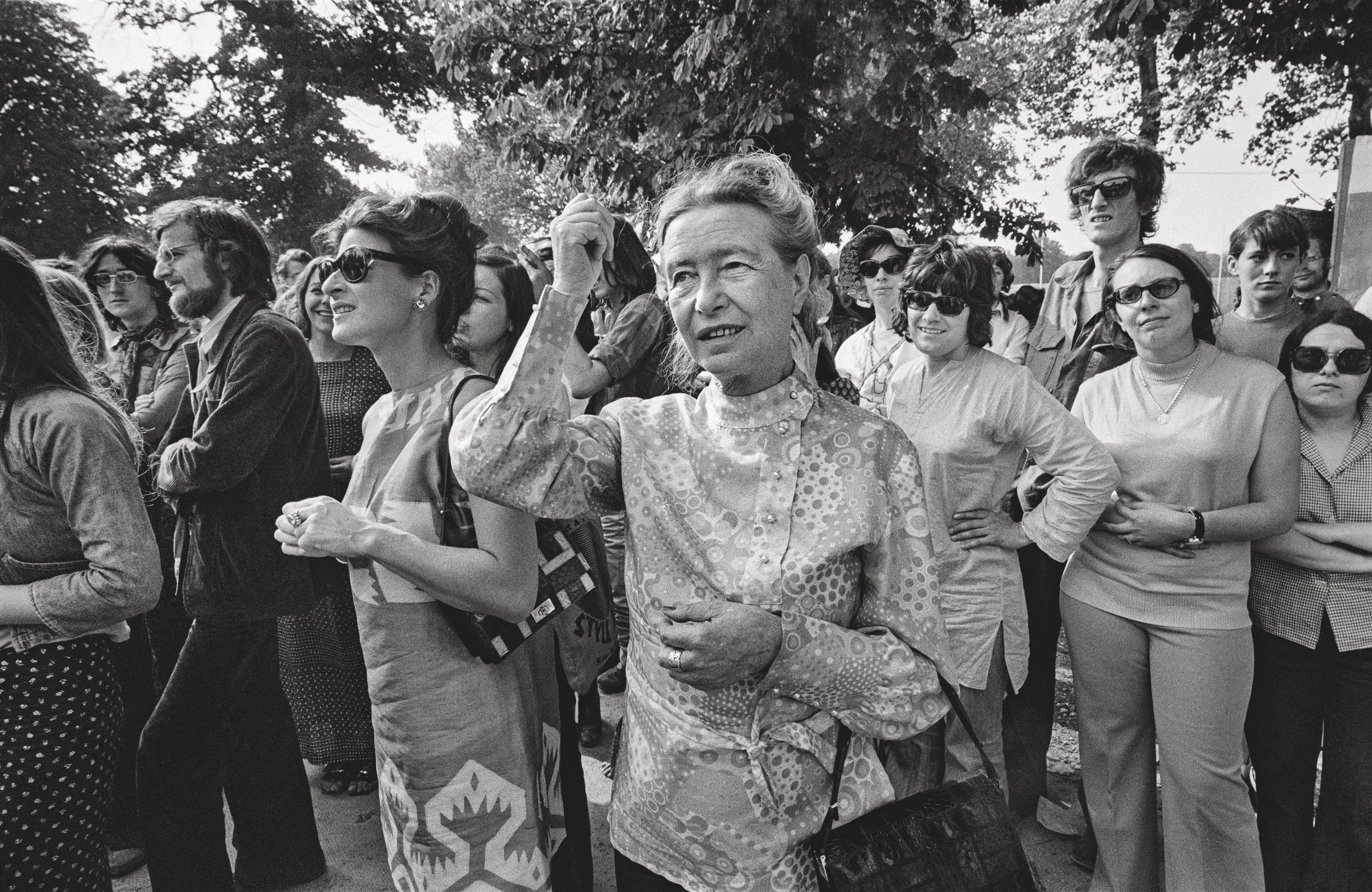
Photographier le patrimoine du Liban, 1864-1970 | Institut du monde arabe | Paris
Institut du monde arabe | Paris
3. April 2025 - 4. Januar 2026
Photographier le patrimoine du Liban, 1864-1970
La façade du temple de Baal Marqod, Deir el Qalaa, Liban. D'après une plaque de verre de , 1902, fonds Antoun Abdallah.
© Bibliothèque orientale de l'Université Saint-Joseph, Beyrouth
Das IMA-Museum erneuert die fotografische Ausstellung am Eingang seines Rundgangs (Ebene 7): Parallel zur Ausstellung „Gerettete Schätze aus Gaza. 5000 Jahre Geschichte“ eine reiche Auswahl alter Fotografien aus dem Bestand der Orientalischen Bibliothek der Universität Saint-Joseph in Beirut, die den Stätten und Denkmälern des Libanon gewidmet sind, die durch die Bombardierungen der israelischen Armee stark gefährdet sind und zum ersten Mal in Frankreich gezeigt werden.
Ergänzend dazu stellt das Museum zum ersten Mal Li Bayrut aus, eine große Bronze von Chaouki Choukini, die am Tag nach der Explosion im Hafen von Beirut entstanden ist.
Die Universität Saint-Joseph (USJ) wurde 1875 gegründet, die Orientalische Fakultät innerhalb der Universität 1902. Die Fakultät gab den Jesuiten in Beirut, die sich frühzeitig für die Archäologie des Libanon und der angrenzenden Länder interessierten, einen institutionellen Rahmen. Ihre theologische und klassische Ausbildung prädestinierte sie zwar für das Studium des griechisch-römischen Altertums sowie der alten Sprachen und Religionen, doch diese Gelehrten leisteten auch Pionierarbeit in der prähistorischen Forschung im Libanon.
Zur Illustration ihrer Vorlesungen und Artikel, die sie ab 1906 in den Mélanges de la Faculté Orientale veröffentlichten, die 1929 in die Mélanges de l'USJ umgewandelt wurden, bereisten sie die Fundstätten im Libanon und trugen eine umfangreiche Dokumentation mit mehreren zehntausend Bildern zusammen, die durch zeitgenössische und neuere Erwerbungen ergänzt wurde. Diese Aufnahmen werden derzeit mit Unterstützung der Boghossian-Stiftung, des Institut national du patrimoine und der französischen Nationalarchive digitalisiert und indexiert.
Die Ausstellung besteht aus einer Installation von Bildern in verschiedenen Formaten. Sie lädt die Besucher dazu ein, ein Dutzend Orte - Byblos, Baalbek, Tyrus, Saida ... - und Regionen - Hermel, Beqaa, Chouf, Metn, Kesrouan ... - anhand von Landschaftsaufnahmen, Denkmälern, aber auch Szenen aus dem sozialen und wirtschaftlichen Leben zu erkunden.
Nahr El-Kalb (Liban), le pont arabe, construit par le sultan mamelouk Seif el-Dîn Barqouq en 1390 et reconstruit à plusieurs reprises, dernièrement en 1809 sous le règne de l'émir Béchir Chéhab II.
Photographie de Manoug Alémian (1918-1994I, entre 1950 et 1960, tirage papier
© Bibliothèque orientale de l'Université Saint-Joseph, Beyrouth
Le musée de l’IMA renouvelle l’accrochage photographique à l’entrée de son parcours (niveau 7) : parallèlement à l’exposition « Trésors sauvés de Gaza. 5000 ans d'histoire », il propose une riche sélection de photographies anciennes, issues du fonds de la Bibliothèque orientale de l’Université Saint-Joseph à Beyrouth, consacrées aux sites et monuments du Liban – grandement mis en péril par les bombardements de l’armée israélienne – et pour la première fois montrées en France.
En complément, le musée expose pour la première fois Li Bayrut, un grand bronze de Chaouki Choukini réalisé au lendemain de l’explosion dans le port de Beyrouth.
L’Université Saint-Joseph (USJ) est fondée en 1875 et la Faculté Orientale, au sein de l’université, l’est en 1902. La faculté a donné un cadre institutionnel aux jésuites de Beyrouth qui se sont précocement intéressés à l’archéologie du Liban et des pays limitrophes. Si leur formation théologique et classique les prédisposait à l’étude de l’antiquité gréco-romaine ainsi que des langues et des religions anciennes, ces savants ont aussi été pionniers dans la recherche préhistorique au Liban.
Afin d’illustrer les cours qu’ils donnaient et les articles qu’ils publiaient dans les Mélanges de la Faculté Orientale à partir de 1906, devenus en 1929 les Mélangesde l’USJ, ces savants ont sillonné les sites du Liban, réunissant une vaste documentation de plusieurs dizaines de milliers de clichés, complémentée par des acquisitions d’époque et d’autres plus récentes. Ces clichés sont actuellement en cours de numérisation et d’indexation, avec le soutien de la Fondation Boghossian, de l’Institut national du patrimoine et des archives nationales de France.
L’exposition consiste en une installation d’images de différents formats. Elle convie les visiteurs à explorer une douzaine de sites – Byblos, Baalbek, Tyr, Saida… - et de régions – le Hermel, la Beqaa, le Chouf, le Metn, le Kesrouan … - à travers des photographies de paysages, de monuments mais également des scènes de la vie sociale et économique.
Sidon, Liban, vue aérienne oblique du port intérieur depuis le nord à basse altitude. Au premier plan, on voit le château de la mer qui gardait la passe du port.
Photographie d'Antoine Poidebard s.j. (1878-1955), 20 août 1934, négatif souple
© Bibliothèque orientale de l'Université Saint-Joseph, Beyrouth
Il museo IMA rinnova l'allestimento fotografico all'ingresso del suo percorso (livello 7): accanto alla mostra “Tesori salvati da Gaza. 5000 anni di storia”, propone una ricca selezione di fotografie d'epoca provenienti dalla collezione della Biblioteca Orientale dell'Università Saint-Joseph di Beirut, dedicate ai siti e ai monumenti del Libano - fortemente minacciati dai bombardamenti dell'esercito israeliano - e presentate per la prima volta in Francia.
Inoltre, il museo espone per la prima volta Li Bayrut, un grande bronzo di Chaouki Choukini realizzato all'indomani dell'esplosione del porto di Beirut.
L'Université Saint-Joseph (USJ) è stata fondata nel 1875 e la Faculté Orientale, all'interno dell'università, nel 1902. La Facoltà fornì un quadro istituzionale per i gesuiti di Beirut, che si interessarono precocemente all'archeologia del Libano e dei Paesi vicini. Mentre la loro formazione teologica e classica li predisponeva allo studio dell'antichità greco-romana e delle lingue e religioni antiche, questi studiosi furono anche pionieri della ricerca preistorica in Libano.
Per illustrare le lezioni tenute e gli articoli pubblicati nei Mélanges de la Faculté Orientale a partire dal 1906, divenuti Mélanges de l'USJ nel 1929, questi studiosi hanno attraversato i siti del Libano, compilando una vasta documentazione di diverse decine di migliaia di fotografie, integrate da acquisizioni d'epoca e più recenti. Queste fotografie sono attualmente in fase di digitalizzazione e indicizzazione, con il supporto della Fondazione Boghossian, dell'Institut national du patrimoine e degli archivi nazionali francesi.
La mostra consiste in un'installazione di immagini in diversi formati. I visitatori sono invitati a esplorare una dozzina di siti - Byblos, Baalbek, Tiro, Saida, ecc. - e regioni - Hermel, Beqaa, Chouf, Metn, Kesrouan, ecc. - attraverso fotografie di paesaggi e monumenti, nonché di scene di vita sociale ed economica.
Le khan El-Khayyatine (souk des tailleurs), Tripoli, Liban. Construit en 1341, il consiste en une longue allée couverte, bordée de boutiques et de chambres à l'étage.
Photographie de Jean Lauffray (1909-2000), entre 1941 et 1955, négatif souple
© Bibliothèque orientale de l'Université Saint-Joseph, Beyrouth
The IMA museum has renewed the photographic display at the entrance to its exhibition (level 7): alongside the exhibition ‘Treasures saved from Gaza. 5000 years of history’, it is presenting a rich selection of old photographs from the collection of the Oriental Library of Saint Joseph University in Beirut, devoted to the sites and monuments of Lebanon - greatly endangered by the bombings of the Israeli army - and shown for the first time in France.
In addition, the museum is exhibiting Li Bayrut, a large bronze by Chaouki Choukini, for the first time, created in the aftermath of the explosion in the port of Beirut.
Saint Joseph University (USJ) was founded in 1875 and the Faculty of Oriental Studies within the university in 1902. The faculty provided an institutional framework for the Jesuits of Beirut, who took an early interest in the archaeology of Lebanon and neighbouring countries. While their theological and classical training predisposed them to the study of Greco-Roman antiquity as well as ancient languages and religions, these scholars were also pioneers in prehistoric research in Lebanon.
In order to illustrate the courses they gave and the articles they published in the Mélanges de la Faculté Orientale from 1906, which became the Mélanges de l'USJ in 1929, these scholars travelled the length and breadth of Lebanon, gathering vast documentation of tens of thousands of photographs, supplemented by period and other more recent acquisitions. These photographs are currently being digitised and indexed, with the support of the Boghossian Foundation, the Institut national du patrimoine and the French national archives.
The exhibition consists of an installation of images in different formats. It invites visitors to explore a dozen sites – Byblos, Baalbek, Tyre, Saida, etc. – and regions – Hermel, the Beqaa, the Chouf, the Metn, Kesrouan, etc. – through photographs of landscapes and monuments, as well as scenes of social and economic life.
(Text: Institut du monde arabe, Paris)





